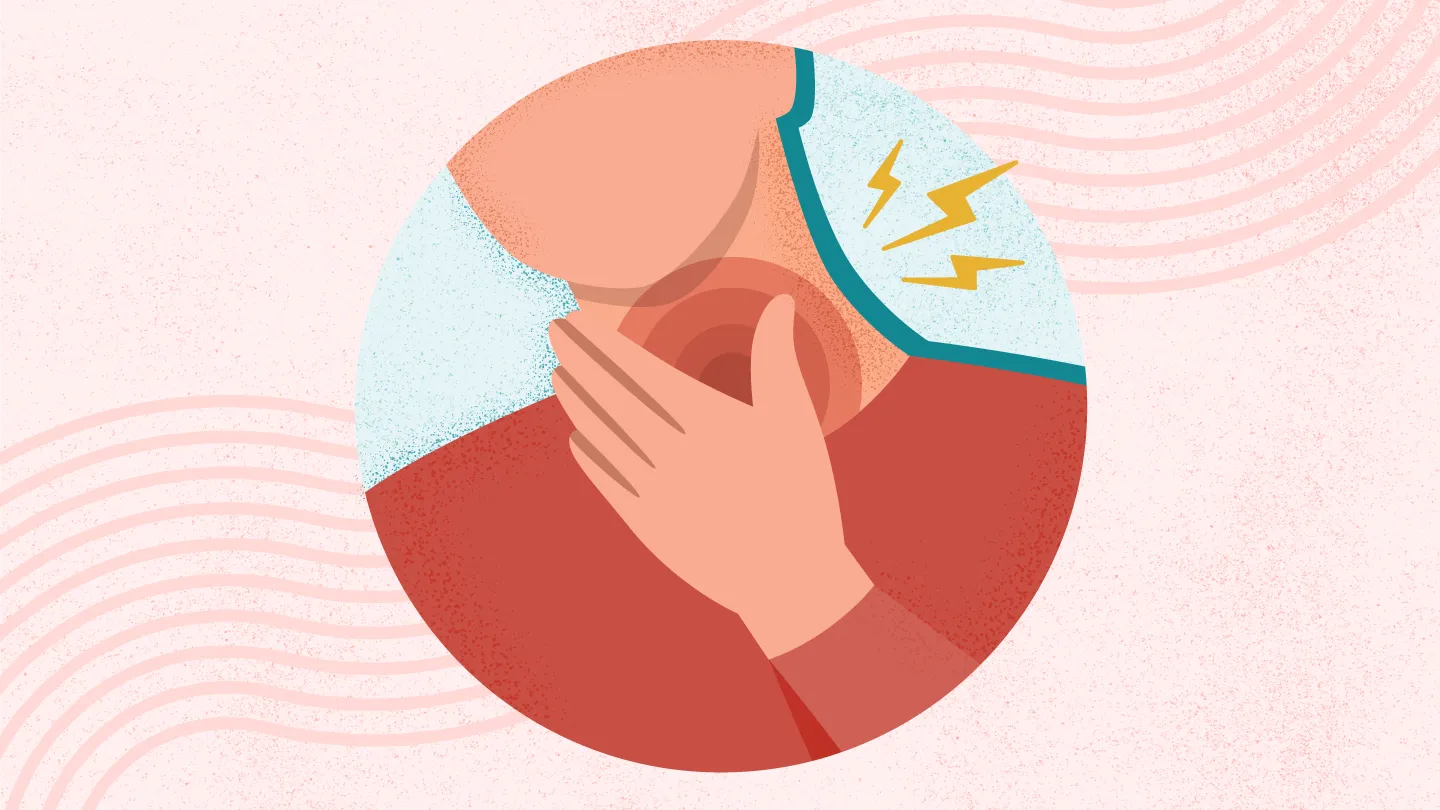
Persistent sore throats frequently stem from viral infections that linger beyond typical illness timelines. Rhinovirus, influenza, and Epstein-Barr virus can cause inflammation lasting weeks. Unlike acute cases, these viruses evade rapid immune responses, extending recovery. Over-the-counter antivirals rarely shorten duration, making hydration and rest critical. Symptoms like hoarseness or mild fever often accompany the irritation.
Group A Streptococcus isn’t the sole bacterial cause of chronic soreness
Strep throat dominates discussions, but other bacteria like Arcanobacterium haemolyticum contribute to stubborn throat pain. Untreated bacterial tonsillitis may evolve into chronic tonsillar hypertrophy. Cultures or rapid antigen tests clarify diagnoses when symptoms persist. Antibiotics like amoxicillin target specific strains, but misuse worsens resistance. Recurrent cases might require longer treatment cycles or specialist referral.
Postnasal drip from allergies silently worsens throat inflammation over time
Allergic rhinitis drives mucus production, which drips into the throat, irritating tissues. Histamine release amplifies sensitivity, creating a scratchy, raw sensation. Antihistamines and nasal corticosteroids reduce drainage, easing secondary throat discomfort. Identifying allergens through testing prevents recurring episodes. Seasonal shifts or indoor pollutants like dust mites often exacerbate the issue.
Stomach acid creeping into the esophagus erodes throat tissues gradually
GERD-related sore throats worsen at night or after meals. Acid reflux damages the larynx and pharynx, causing a burning sensation. Proton pump inhibitors or H2 blockers reduce acid production, allowing healing. Elevating the head during sleep minimizes nighttime symptoms. Chronic GERD may necessitate endoscopic evaluation to rule out Barrett’s esophagus.
Low humidity levels dehydrate mucous membranes, creating persistent irritation
Dry air from heating systems or arid climates parches throat linings, fostering microtears. Humidifiers restore moisture, reducing scratchiness and cough reflexes. Pollutants like smoke or chemical fumes compound the problem. Masks filter irritants in high-exposure environments. Hydration with lukewarm liquids soothes without worsening mucosal dryness.
Calcified debris in tonsil crypts causes recurrent pain and bad breath
Tonsil stones form when food particles and bacteria accumulate in crevices. Their presence triggers localized inflammation and a foreign-body sensation. Gentle gargling with saline dislodges smaller deposits. Laser cryptolysis or tonsillectomy addresses severe cases. Regular oral hygiene mitigates recurrence but doesn’t eliminate deep-seated debris.
Unexplained sore throats may signal underlying chronic fatigue syndrome
CFS patients often report persistent throat pain without infection. Immune dysfunction and neuroinflammation are hypothesized contributors. Symptomatic relief focuses on stress reduction and pacing activities. No definitive cure exists, but multidisciplinary approaches improve quality of life. Diagnosis requires excluding other conditions through comprehensive testing.
Excessive talking or yelling strains vocal cords, leading to lasting soreness
Teachers, singers, and coaches risk vocal overuse, causing edema or nodules. Resting the voice and avoiding whispers aid recovery. Speech therapy teaches techniques to reduce strain. Chronic cases may warrant laryngoscopy to assess cord damage. Amplification devices in loud environments lessen vocal load.
Throat cultures and endoscopies help pinpoint elusive causes effectively
When standard exams fail, ENT specialists use fiber-optic scopes to visualize hidden areas. Biopsies rule out neoplasms or autoimmune conditions like Sjögren’s syndrome. Blood tests detect mononucleosis or HIV-related inflammation. Allergy panels and pH monitoring further narrow possibilities. Second opinions prevent diagnostic stagnation.
Misusing antibiotics for viral infections fuels resistance without benefits
Prescribing antibiotics for viral pharyngitis remains common despite guidelines. Patients often pressure clinicians for quick fixes, worsening public health risks. Educating on symptom management and natural recovery timelines reduces inappropriate use. Delayed prescriptions for bacterial suspects balance caution and practicality.
Saltwater gargles and honey reduce inflammation more effectively than some medications
Warm saline disrupts biofilms and draws out excess fluid from swollen tissues. Honey’s antimicrobial properties coat the throat, easing pain during swallowing. Chamomile tea with manuka honey offers dual anti-inflammatory and calming effects. Over-the-counter analgesics like ibuprofen address pain without masking serious symptoms.
Tonsillectomy remains a last resort for antibiotic-resistant or recurrent cases
Surgery eliminates chronic tonsillitis but poses risks like hemorrhage or infection. Coblation and radiofrequency ablation offer less invasive alternatives for certain patients. Recovery spans two weeks, with soft diets and activity restrictions. Adults face longer healing times compared to children.
Hydration and air humidifiers prevent environmental triggers effectively
Sipping water maintains mucosal integrity, flushing irritants from the throat. Cool-mist humidifiers in bedrooms counteract dry air overnight. Avoiding caffeine and alcohol prevents diuretic-induced dehydration. Saline nasal sprays keep nasal passages moist, reducing postnasal drip.
Persistent sore throats demand tailored approaches based on root causes. From stealthy GERD to overlooked tonsil stones, accurate diagnosis dictates treatment success. Combining medical interventions with lifestyle adjustments addresses both symptoms and sources. Regular follow-ups ensure strategies adapt to evolving needs, preventing complications. Awareness of less common triggers empowers patients to seek timely care.
